The problem is habitat, not deer
In case you weren't aware, last June the Pennsylvania Commonwealth Court rejected the preliminary objections of the PA Game Commission (PGC) and granted the Unified Sportsmen of PA (USP) their day in court. TheUSP, representing tens of thousands of Pennsylvania sportsmen, sued to stop the doe seasons on state game lands and state forest lands. In their suite, they asked the court to provide injunctive relief and halt the killing of does on public land, but not private land.
It is USP's contention that the resource is literally being destroyed on public lands since the PGC does not separate public from private land doe tags, and many believe that doe tags are being utilized disproportionately on public land. This leads to the age-old problem of over-harvest on public land and under-harvest on private land. The PGC has admitted that they do not know how many deer live in the Commonwealth but for 2008 have issued about 860,000 doe permits with a two-week concurrent buck and doe season. Does this controversy over deer management sound familiar? It should, for the same controversy exists here in New York.

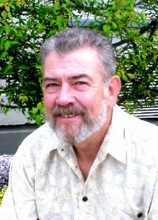


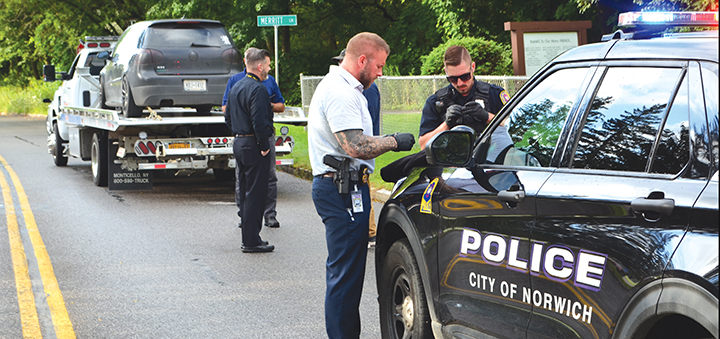
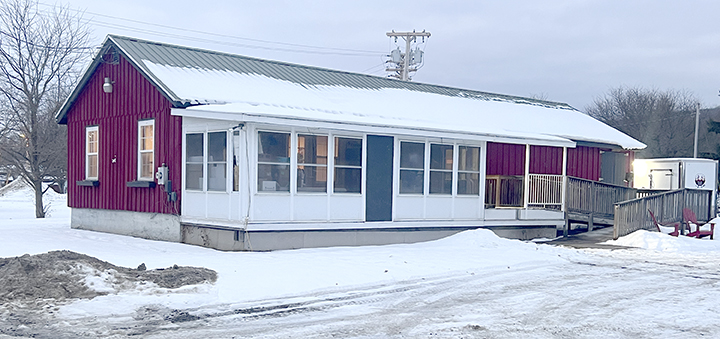

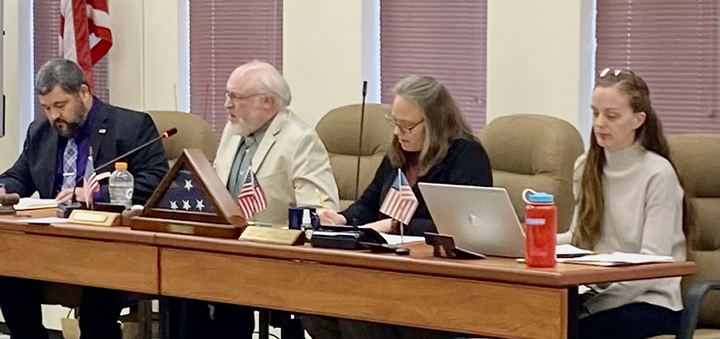
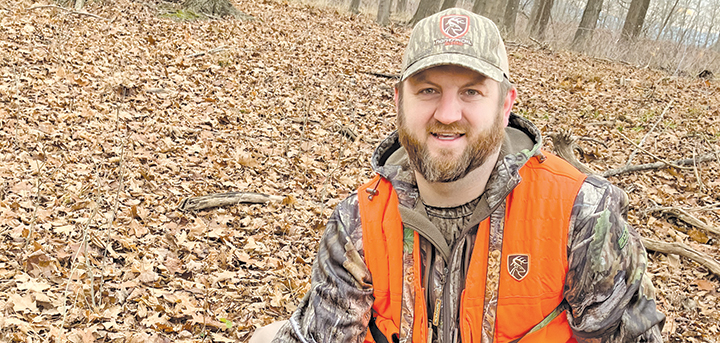


Comments